Professional Nursing Concepts & Challenges 8th Edition By Beth Black – Test Bank
Chapter 04: Nursing Education in an Evolving Health Care Environment
Black: Professional Nursing: Concepts & Challenges, 8th Edition
MULTIPLE CHOICE
1. In 1900, the primary reason for hospital-based nursing education programs was to
|
a. |
educate nurses to care for patients in hospitals. |
|
b. |
provide educational opportunities for women. |
|
c. |
staff the hospitals that operated the education programs. |
|
d. |
provide standardized preparation for nurses. |
ANS: C
|
Feedback |
|
|
A |
Most nurses worked in homes and very few worked in hospitals. |
|
B |
The education for women was not a value of society at the time. |
|
C |
In the hospitals there were few paid staff nurses, and most of the care was provided by the nursing students. |
|
D |
The programs of study varied in length, and each school set its standards and requirements. |
DIF: Cognitive Level: Knowledge REF: Page 68
2. Which of the following nursing leaders is credited with being one of the earliest nursing educators in the world?
|
a. |
Isabel Hampton Robb |
|
b. |
Mary Adelaide Nutting |
|
c. |
Melinda Anne Richards |
|
d. |
Annie W. Goodrich |
ANS: B
|
Feedback |
|
|
A |
Robb studied nursing education. |
|
B |
Mary Adelaide Nutting was a professor at Teachers College in 1907, and she was also the first nursing professor. |
|
C |
Richards was the first trained nurse educated in the United States. |
|
D |
Goodrich became the first dean of the Yale School of Nursing in 1924. |
DIF: Cognitive Level: Knowledge REF: Page 68
3. The Goldmark Report focused on what aspect of nursing?
|
a. |
Consistency in length of nursing education programs |
|
b. |
Consistency in theory content across diploma programs |
|
c. |
Desirability of establishing schools of nursing within academic settings |
|
d. |
Increasing numbers of physicians teaching in nursing programs |
ANS: C
|
Feedback |
|
|
A |
Consistency in length of programs was not an issue. |
|
B |
Content was not the issue. |
|
C |
The Goldmark Report focused on clinical learning experiences of students, hospital control of schools of nursing, desirability of establishing schools of nursing in universities, lack of funding for nursing education, and lack of qualified faculty. |
|
D |
Nursing curriculum with instruction by physicians was not encouraged. |
DIF: Cognitive Level: Comprehension REF: Page 69
4. Which American university opened the first nursing school as a separate department within the university?
|
a. |
Harvard |
|
b. |
Teachers College |
|
c. |
Columbia |
|
d. |
Yale |
ANS: D
|
Feedback |
|
|
A |
Harvard was not the first American university to open a nursing school as its own department. |
|
B |
Teachers College was not the first American university to open a nursing school as its own department. |
|
C |
Columbia was not the first American university to open a nursing school as its own department. |
|
D |
In 1924, Yale University was the first American university to open a school of nursing as its own department. |
DIF: Cognitive Level: Knowledge REF: Page 69
5. Which of the following recommendations resulting from the 1934 study Nursing Schools Today and Tomorrow still has relevance today?
|
a. |
Nursing students should be trained on the job. |
|
b. |
Nursing students should be used to staff hospitals on the weekends. |
|
c. |
Nurses should be highly educated. |
|
d. |
Nurses with highly developed instincts do not require standards of practice. |
ANS: C
|
Feedback |
|
|
A |
Nurses should be highly educated in a university setting. |
|
B |
Students should not be used to staff hospitals. |
|
C |
The study made five recommendations: nursing education should be established within higher education; nurses should be highly educated; students should not be used to staff hospitals; standards of practice should be established; and students should meet minimal qualifications for graduation. |
|
D |
Standards of practice should be established. |
DIF: Cognitive Level: Knowledge REF: Page 69
6. The earliest type of formal nursing education program was the
|
a. |
diploma program. |
|
b. |
associate degree program. |
|
c. |
bachelor’s degree program. |
|
d. |
grandfathered acceptance as registered nurse (RN). |
ANS: A
|
Feedback |
|
|
A |
Diploma programs of nursing began in the late 1800s and were the earliest form of nursing education. |
|
B |
Associate nursing degree programs began in 1952. |
|
C |
Bachelor’s degree programs began in 1909 but became commonplace only in the mid-1900s. |
|
D |
Nurses are not grandfathered into licensure. |
DIF: Cognitive Level: Knowledge REF: Page 69
7. The single most important reason for the decline in the number of hospital-based diploma programs was
|
a. |
shift in hospital occupancy from acute care to home care. |
|
b. |
increase in hospital-based medical residency programs competing for educational dollars. |
|
c. |
beginning of associate degree programs that were shorter in length. |
|
d. |
diploma education’s position outside the mainstream of higher education. |
ANS: D
|
Feedback |
|
|
A |
The increase in complexity of health care led to the need for more advanced educational preparation for nurses. |
|
B |
Although it became more difficult for hospitals to fund diploma programs, this was not the most important reason for their decline. |
|
C |
The advent of associate degree programs led to the decline in diploma programs, because associate degree programs are located in academic settings. |
|
D |
The movement of nursing education into the educational mainstream, that is, colleges and universities, was responsible for the rapid decrease in diploma programs. |
DIF: Cognitive Level: Knowledge REF: Page 70


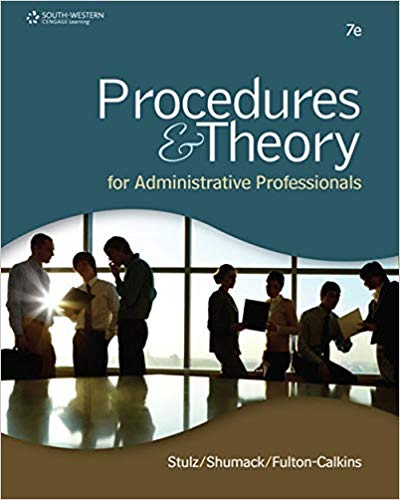




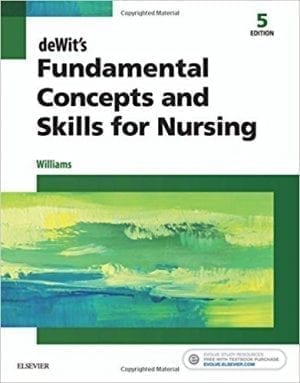
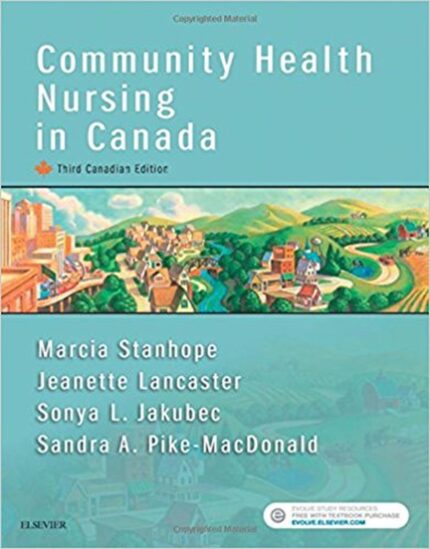
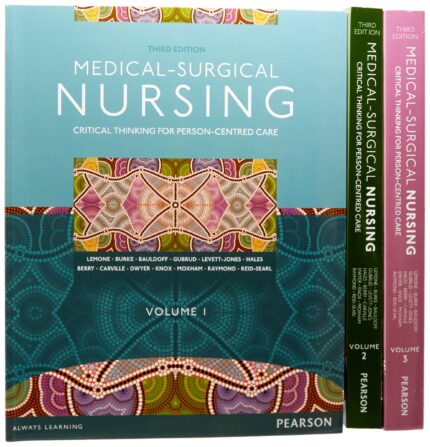



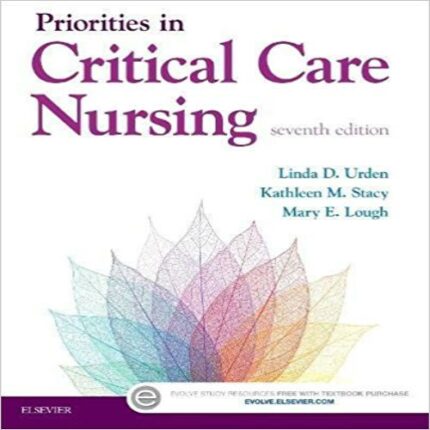
Reviews
There are no reviews yet.